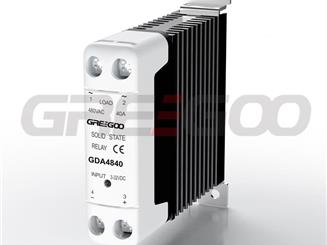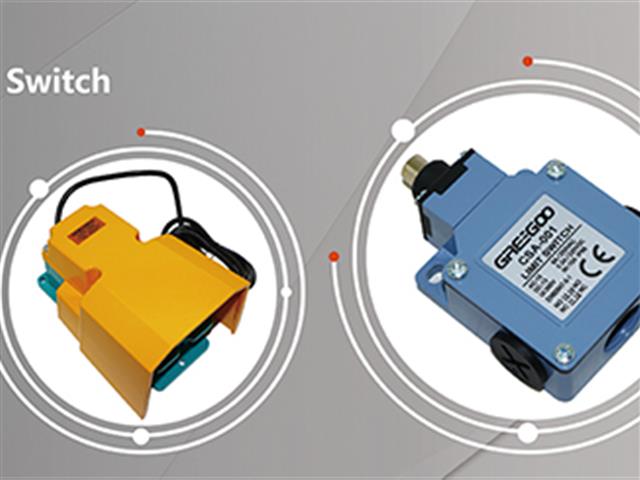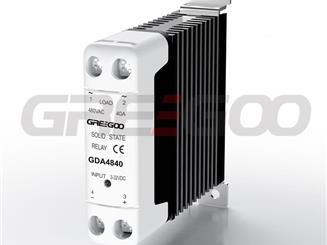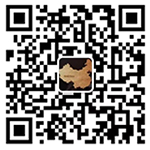What's the difference between phase control Thyristor Module and Rectifier Diode Module?
The primary difference between a thyristor module and a rectifier diode module lies in the functionality and characteristics of the semiconductor devices they integrate. Let's explore the key distinctions:
1. Functionality:
- Thyristor Module: A thyristor module integrates one or more thyristors, which are semiconductor devices capable of acting as switches. Thyristors have a unique property of latching on (turning on) when triggered and remaining on until the current through them falls below a certain threshold, even if the triggering signal is removed. They are used for controlled switching and regulation of high-power applications.
- Rectifier Diode Module: A rectifier diode module, on the other hand, includes diodes, which are semiconductor devices that allow current to flow in one direction only. Diodes are used for converting alternating current (AC) to direct current (DC) in rectification circuits. They do not have the controllable switching capability like thyristors.
2. Switching Capability:
- Thyristor Module: Thyristors have a controlled turn-on mechanism, meaning they require a trigger signal (gate current) to turn on. Once triggered, they remain conducting until the current falls below a certain level, typically close to zero or reversed. Thyristors are ideal for applications requiring precise control of power flow, such as motor drives, voltage regulation, and soft starters.
- Rectifier Diode Module: Diodes do not have a controlled turn-on mechanism like thyristors. They simply allow current to flow in one direction (forward bias) and block it in the opposite direction (reverse bias). Therefore, diodes are typically used in rectification circuits, where AC power is converted to DC power.
3. Applications:
- Thyristor Module: Thyristor modules find applications in high-power control systems, such as motor drives, voltage regulators, and power converters. They are commonly used in industries where precise control of power and voltage is essential, such as industrial automation, energy systems, and traction drives.
- Rectifier Diode Module: Rectifier diode modules are utilized in power supply circuits, battery charging systems, and other applications that require converting alternating current (AC) to direct current (DC). They are commonly found in various electronic devices, from household appliances to industrial equipment.
4. Operation:
- Thyristor Module: Thyristors are "latching" devices, meaning they remain on until the current through them drops below a certain threshold or until the voltage polarity reverses.
- Rectifier Diode Module: Diodes operate as "non-latching" devices. They conduct in one direction (forward bias) while blocking current in the opposite direction (reverse bias) but do not latch in the conducting state like thyristors.
In summary, thyristor modules and rectifier diode modules serve different purposes in electronic circuits. Thyristor modules are used for controlled switching and power regulation, while rectifier diode modules are employed for converting AC to DC in rectification applications. The choice between the two depends on the specific requirements of the circuit and the functionality needed for the application.

How to Use a Vacuum Contactor? A Comprehensive Guide on Vacuum Contactors
Understanding well about Vacuum Contactor, A Comprehensive Guide
Read More
1-Phase Solid State Contactors
A unique opportunity for panel space savings, 15A to 60A, 17.5mm width.
Read More
Discover the Power of Electromechanical Switches: Limit Switch vs Foot Pedal Switch vs Micro Switch
Upgrade your systems today and experience the power of electromechanical switches!
Read More
How to choose a suitable Solid State Relays
Single phase or three phase, nominal voltage and current, potential surge or inrush current, AC or DC load, control signal, zero crossing type or random control ssr etc.
Read More













